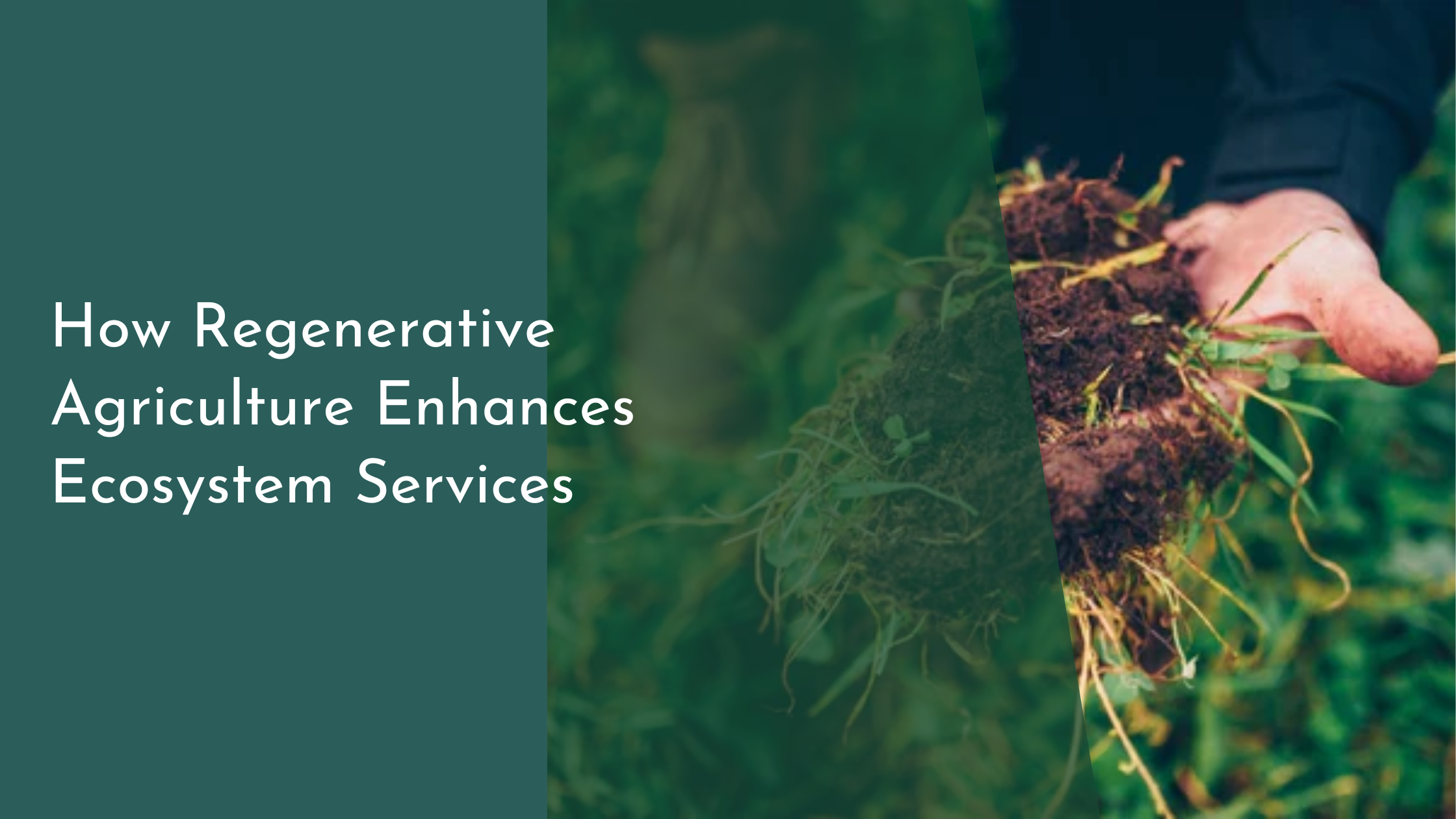How Regenerative Agriculture Enhances Ecosystem Services
Regenerative agriculture is gaining momentum as a sustainable farming approach that not only enhances food production but also improves the environment. This innovative method prioritizes soil health, biodiversity, and ecosystem resilience, offering a plethora of ecosystem services. As the world grapples with the impacts of climate change and diminishing natural resources, regenerative agriculture emerges as a beacon of hope for a sustainable future. This article delves into the basics of regenerative agriculture, explores its key practices, highlights the ecosystem services it enhances, and envisions a brighter future through its adoption.
Understanding Regenerative Agriculture Basics
Regenerative agriculture is a holistic approach to farming that focuses on restoring and enhancing the health of ecosystems. Unlike conventional agriculture, which often prioritizes short-term yields at the expense of soil and environmental health, regenerative agriculture aims to work in harmony with nature. Central to this approach is the principle of regenerating soil fertility and biodiversity, which in turn boosts agricultural productivity and resilience. By enhancing the natural cycles of carbon, water, and nutrients, regenerative agriculture fosters a more sustainable and resilient farming system.
The foundation of regenerative agriculture lies in its emphasis on soil health. Healthy soil is bustling with microbial life, which is crucial for nutrient cycling and plant growth. Regenerative practices, such as crop rotation, cover cropping, and reduced tillage, aim to protect and enrich the soil ecosystem. This not only improves the quality of the soil but also enhances its capacity to sequester carbon, thereby playing a vital role in mitigating climate change. By focusing on long-term soil health, regenerative agriculture ensures the sustainability and productivity of farming systems.
Key Practices in Regenerative Farming
A key practice in regenerative agriculture is the use of cover crops. These are non-cash crops planted to cover the soil, reducing erosion, improving soil health, and increasing biodiversity. Cover crops also enhance soil structure, boost water retention, and suppress weeds, providing a multitude of benefits to the farming ecosystem. By integrating a diverse array of plants, cover cropping fosters a thriving habitat for beneficial insects and microorganisms that are essential for nutrient cycling and pest control.
Another vital practice is rotational grazing, where livestock are moved between pastures to allow vegetation recovery. This method mimics natural herd movements, promoting healthy grass growth and enhancing soil fertility through the natural fertilization process of animal manure. Rotational grazing also improves water infiltration and reduces erosion, contributing to a more sustainable and resilient agricultural landscape. By optimizing the interaction between plants and animals, this practice supports ecological balance and boosts farm productivity.
Ecosystem Services: Nature’s Hidden Gem
Ecosystem services are the numerous benefits that humans derive from functioning ecosystems, encompassing provisioning, regulating, cultural, and supporting services. Regenerative agriculture enhances these services by promoting biodiversity and ecosystem health. For instance, by improving soil structure and fertility, regenerative practices increase water retention and reduce the need for synthetic fertilizers and pesticides, leading to cleaner waterways and reduced environmental pollution.
Moreover, regenerative agriculture significantly boosts biodiversity, both above and below ground. Biodiverse systems are inherently more resilient, capable of withstanding and recovering from environmental stressors such as droughts or pests. This resilience directly translates into ecosystem services such as pollination, pest regulation, and climate regulation. By sequestering carbon in the soil, regenerative agriculture helps mitigate climate change, offering a crucial service in the fight against global warming.
Regenerative agriculture presents an exciting opportunity for the future of farming and environmental stewardship. By enhancing ecosystem services, it not only ensures sustainable food production but also contributes to environmental conservation and climate resilience. As more farmers adopt regenerative practices, the cumulative benefits for ecosystems and society will become increasingly evident. The shift towards regenerative agriculture represents a hopeful path forward, promising a sustainable and thriving planet for future generations. With collective commitment and action, a brighter future with regenerative farming is within reach.


